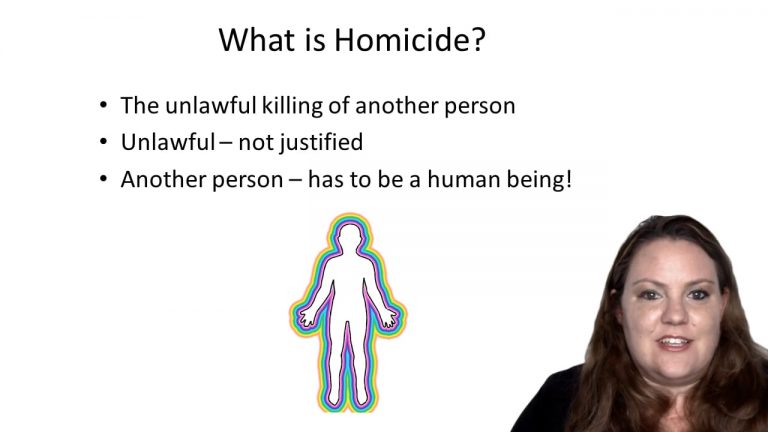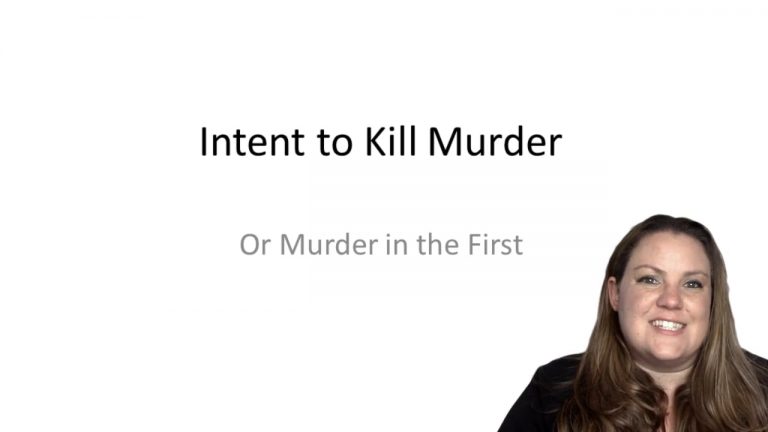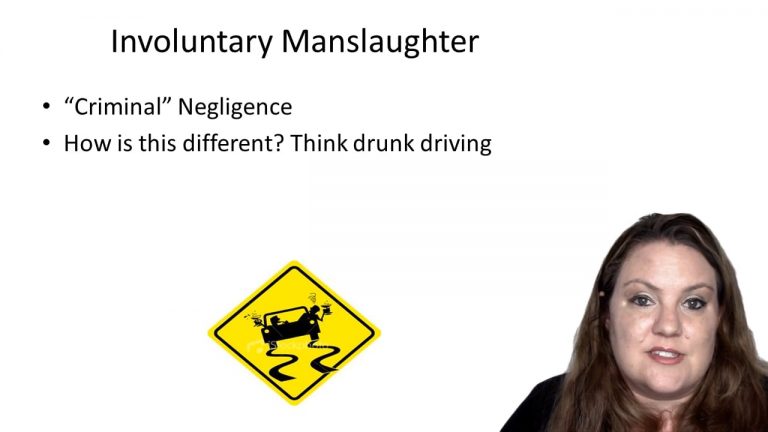SmartBrief
Confirm favorite deletion?
Criminal Law Keyed to Weaver
State v. Burley
Citation:
137 N.H. 286, 627 A.2d 98 (1993)Facts
Burley was at home with his ex-wife with he had reconciled with. He had been drinking beer since noon. Burley called the police at 6:11 stating Glines suffered from a gunshot wound. Burley claims he was holding the .22 pistol and .22 rifle for a friend. He claimed he loaded the gun and then went to get a beer and then watched TV for 20 minutes. He then went to clean the gun and it went off hitting Glines. Searching the house the police found two spent casings in the trash can. Burley stated that he was fooling around with the rifle several days early and it fired into the wall. Several days later Burley admitted he had not been cleaning the rifle. He stated he had been fooling around with the gun on the floor and it went off. In all he gave police three different accounts of how he was holding the gun. Defendant admitted that he was familiar how the operation of a .45 caliber pistol was and that is functionally similar to a .22 caliber pistol.
Only StudyBuddy Pro offers the complete Case Brief Anatomy*
Access the most important case brief elements for optimal case understanding.
*Case Brief Anatomy includes: Brief Prologue, Complete Case Brief, Brief Epilogue
- The Brief Prologue provides necessary case brief introductory information and includes:
Topic:
Identifies the topic of law and where this case fits within your course outline.Parties:
Identifies the cast of characters involved in the case.Procedural Posture & History:
Shares the case history with how lower courts have ruled on the matter.Case Key Terms, Acts, Doctrines, etc.:
A case specific Legal Term Dictionary.Case Doctrines, Acts, Statutes, Amendments and Treatises:
Identifies and Defines Legal Authority used in this case.
- The Case Brief is the complete case summarized and authored in the traditional Law School I.R.A.C. format. The Pro case brief includes:
Brief Facts:
A Synopsis of the Facts of the case.Rule of Law:
Identifies the Legal Principle the Court used in deciding the case.Facts:
What are the factual circumstances that gave rise to the civil or criminal case? What is the relationship of the Parties that are involved in the case.Issue(s):
Lists the Questions of Law that are raised by the Facts of the case.Holding:
Shares the Court's answer to the legal questions raised in the issue.Concurring / Dissenting Opinions:
Includes valuable concurring or dissenting opinions and their key points.Reasoning and Analysis:
Identifies the chain of argument(s) which led the judges to rule as they did.
- The Brief Prologue closes the case brief with important forward-looking discussion and includes:
Policy:
Identifies the Policy if any that has been established by the case.Court Direction:
Shares where the Court went from here for this case.
Topic Resources
Topic Videos
 9m 36s
9m 36s 6m 45s
6m 45s 13m 29s
13m 29sTopic Outline
Topic Refresher Course
